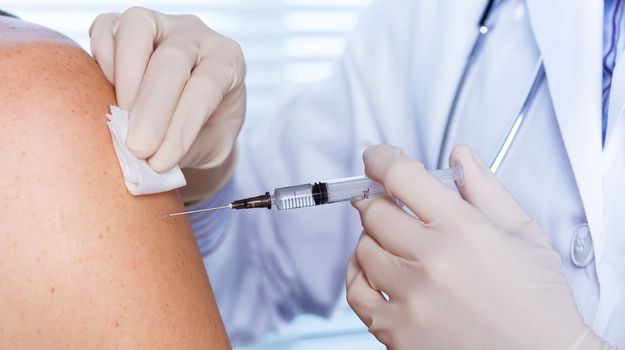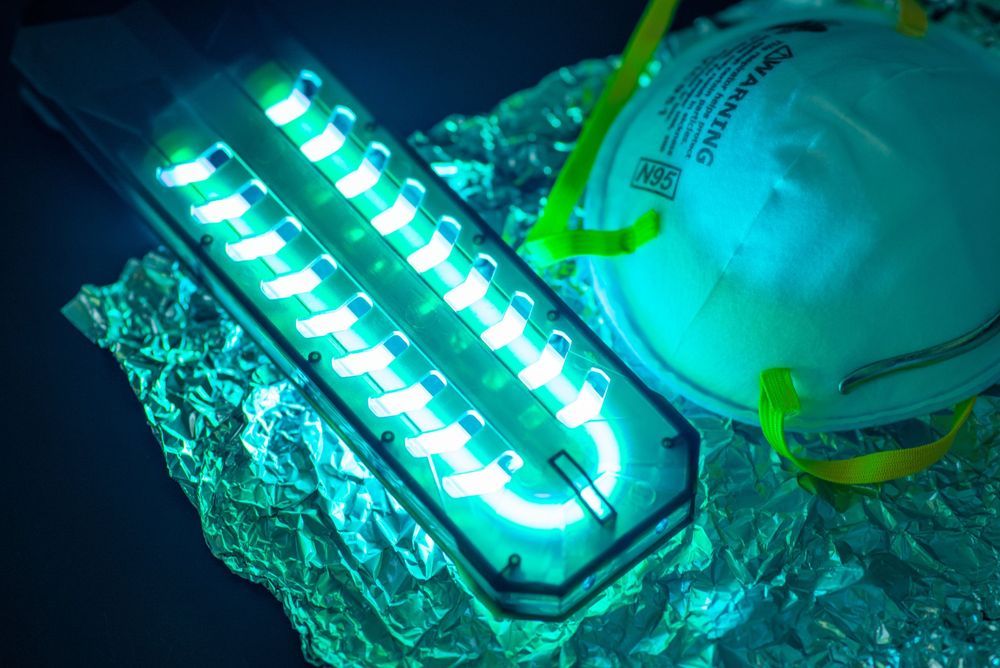Immortalists magazine issue no. 5 is out smile
It is predicted that a pandemic of psychological and societal injuries is to come as we face financial and emotional crises across the globe.


In a fascinating new study, scientists created fully-functional mini-livers out of human skin cells, then successfully transplanted them into rats.
The research is a proof-of-concept for potentially revolutionary technology and provides a glimpse of an organ donor free future.

“That’s very early,” Anna Durbin, a vaccine researcher at Johns Hopkins University, told STAT. “We don’t know if those antibodies are durable.”
The Moderna press release also indicated that the antibody levels observed were equal to or greater in the 100 ug dose than was seen in patients who recovered from COVID-19. There’s not much context here, because studies on recovered COVID-19 patients have shown a range that is potentially influenced by the severity of the disease. For example, John “Jack” Rose, a Yale University vaccine researcher told STAT about a study in China demonstrating that in 175 recovered COVID-19 patients, 10 had no detectable neutralizing antibodies, while others had very high antibody levels.
Of the Phase III trial, Fauci indicated that the majority of trial participants will be between the ages of 18 and 55, but will include elderly Americans that are most at risk of serious illness from COVID-19.

UNIVERSITY PARK, Pa. — Phone, keys, wallet…ultraviolet light device. Just in case you wanted yet another item to carry around all day, researchers say that portable, handheld COVID-19 killing ultraviolet light devices may be a reality in the future. These gadgets would emit high-intensity ultraviolet light and quickly disinfect targeted areas.
There are two main ways to clean and remove bacteria and viruses from a given surface: chemicals and ultraviolet (UV) radiation exposure. UV radiation between 200 and 300 nanometers can effectively kill a virus and stop it from replicating itself. Obviously, devices emitting UV rays would come in handy these days due to COVID-19, but as of now such devices require an expensive, bulky mercury-containing gas discharge lamp with a short battery life.
The study’s authors, however, believe that much more portable, longer lasting, energy efficient, and environmentally friendly UV light emitting diodes can be developed. The necessary LEDs already exist, but the process has been complicated by the fact that electrode materials must also be transparent.

As the pandemic’s economic toll grows around the world, some experts fear it could harm science for decades by putting many thousands of researchers out of work and forcing nations to slash funding as they rebuild societies. Others say the pandemic could highlight the importance of science and spur long-term support, especially for basic research, much as the Second World War did.
Financial crises could spell trouble for science budgets but spending could surge in some countries: part 2 in a series on science after the pandemic.

EPFL researchers have developed electronic fibers that, when embedded in textiles, can be used to collect data about our bodies by measuring fabric deformation. Their technology employs flexible transmission lines and offers a host of applications, including in the medical industry.
Professor Fabien Sorin and doctoral assistant Andreas Leber, at the Laboratory of Photonic Materials and Fibre Devices (FIMAP) in EPFL’s School of Engineering, have developed a technology that can be used to detect a body’s movements—and a whole lot more.
“Imagine clothing or hospital bed sheets capable of monitoring your breathing and physical gestures, or AI-powered textiles that allow humans to interact more safely and intuitively with robots” says Leber. “The flexible transmission lines that we’ve developed can do all of this.”

As artificial intelligence (AI) becomes increasingly used for critical applications such as diagnosing and treating diseases, predictions and results regarding medical care that practitioners and patients can trust will require more reliable deep learning models.
In a recent preprint (available through Cornell University’s open access website arXiv), a team led by a Lawrence Livermore National Laboratory (LLNL) computer scientist proposes a novel deep learning approach aimed at improving the reliability of classifier models designed for predicting disease types from diagnostic images, with an additional goal of enabling interpretability by a medical expert without sacrificing accuracy. The approach uses a concept called confidence calibration, which systematically adjusts the model’s predictions to match the human expert’s expectations in the real world.
“Reliability is an important yardstick as AI becomes more commonly used in high-risk applications, where there are real adverse consequences when something goes wrong,” explained lead author and LLNL computational scientist Jay Thiagarajan. “You need a systematic indication of how reliable the model can be in the real setting it will be applied in. If something as simple as changing the diversity of the population can break your system, you need to know that, rather than deploy it and then find out.”



A personal, handheld device emitting high-intensity ultraviolet light to disinfect areas by killing the novel coronavirus is now feasible, according to researchers at Penn State, the University of Minnesota and two Japanese universities.
There are two commonly employed methods to sanitize and disinfect areas from bacteria and viruses—chemicals or ultraviolet radiation exposure. The UV radiation is in the 200 to 300 nanometer range and known to destroy the virus, making the virus incapable of reproducing and infecting. Widespread adoption of this efficient UV approach is much in demand during the current pandemic, but it requires UV radiation sources that emit sufficiently high doses of UV light. While devices with these high doses currently exist, the UV radiation source is typically an expensive mercury-containing gas discharge lamp, which requires high power, has a relatively short lifetime, and is bulky.
The solution is to develop high-performance, UV light emitting diodes, which would be far more portable, long-lasting, energy efficient and environmentally benign. While these LEDs exist, applying a current to them for light emission is complicated by the fact that the electrode material also has to be transparent to UV light.